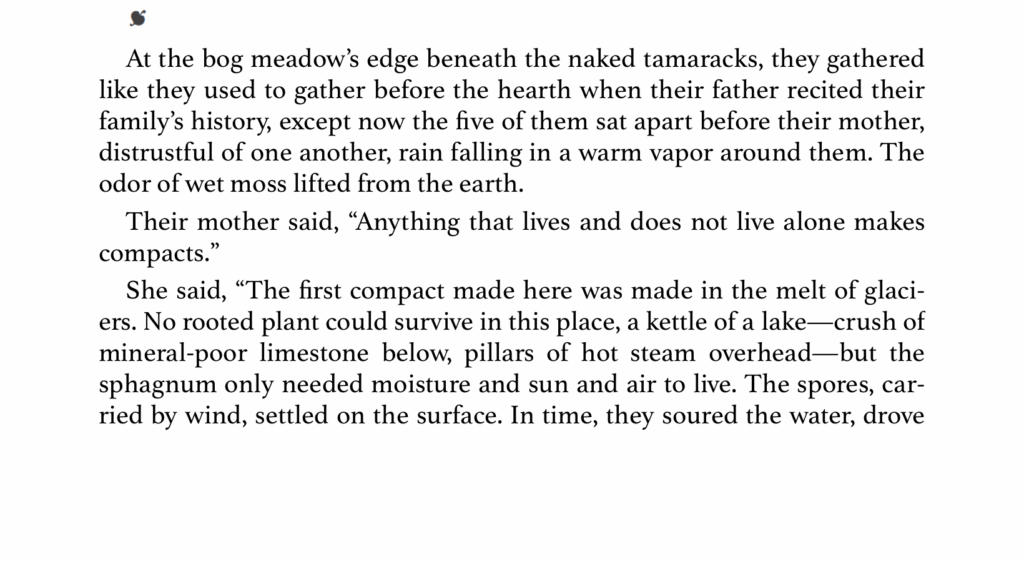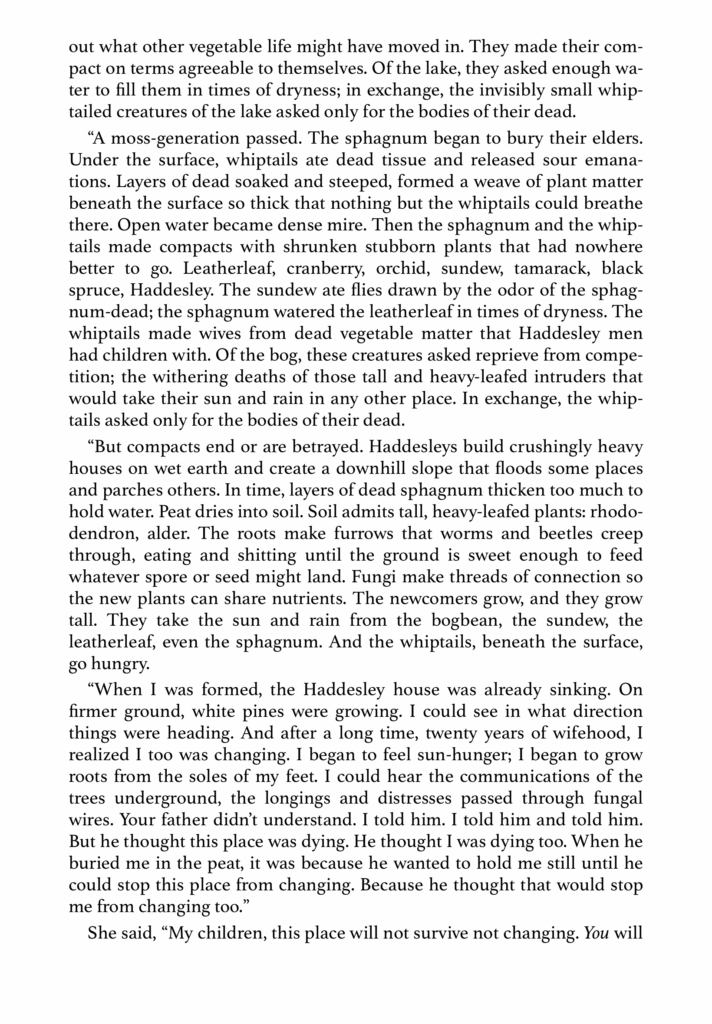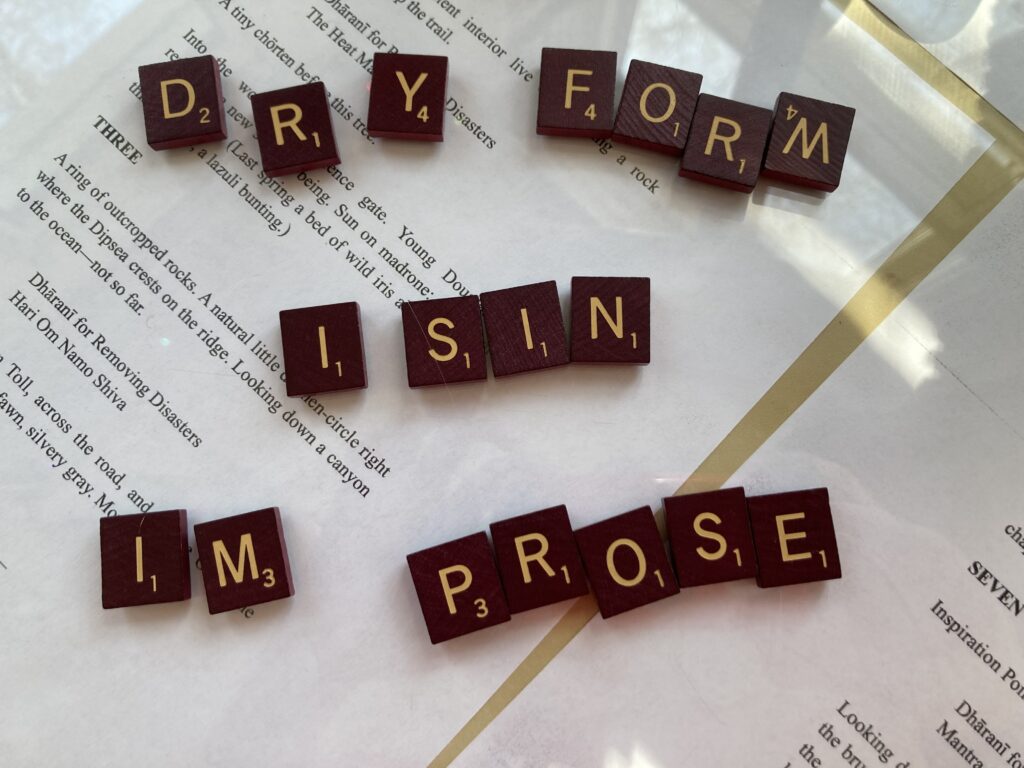walk: 25 minutes
neighborhood
52 degrees
Took a walk with Delia the dog through the neighborhood. The sky was very blue, with no clouds. Had the wind blown them all away?
A beautiful contrast: a silvery birch (or aspen?) with no leaves against the bright blue sky
Earlier today, I bent over too far and tweaked my back (see below). As I walked, I felt stiff and too cautious. Everything tight and anxious, like when I’m walking on a sidewalk covered with ice.
A favorite moment: turning a corner and walking under the bright green leaves of an enormous willow tree
before the walk
No tornadoes! No 85 mph wind! No golf ball sized hall or thunder or giant trees crashing down! No damaged roofs or freaked out dogs or power outages! Not even rain. Several tornadoes touched down in southern Minnesota, south of FWA, but by the time the line of storms reached the edge of the twin cities, it split in two, with one section angling north of us, and one angling south. Whew.
Whatever has been happening with my back/piriformis/glutes/? seems to have turned a corner. Not fully healed, but feeling much stronger. A new problem: a dull, restless ache in my left hamstring. It doesn’t hurt that much, just feels uncomfortable. If it’s a muscle, I think it’s my semitendinosus or maybe the satorius?
20 minutes later: Ever since I bent over and experienced a burst of sharp pain in my lower back 2 days ago, I’ve been trying to avoid bending over with my legs straight. Reaching down to put a baking sheet away, I forgot. Ouch! oh oh oh oh oh oh — that’s what I chanted after it happened. Damn, that’s some pain. Now, reverberations. Boo. Decided to call and make an appointment with a spine specialist — May 23rd. I hope everything is better before then!
Doing some more research about running and herniated discs (I think that’s what I might have), I read that low-impact running might help — something about the movement producing spinal fluid? So, with some trepidation, I decided to go out for a short run —
run: 2.4 miles
2 trails
54 degrees
I was very nervous to take the first few steps, but after a block, I started to feel good. My back and legs didn’t hurt at all and it was wonderful to be out moving beside the gorge. No pain at all during the run! (I walked some, too)
10 Things
- a turkey on the edge of the path near the Horace Cleveland Overlook
- a roller skier and a biker
- several of the benches along the trail were occupied
- the soft, sprawling shadows of tree branches
- a runner moving fast, working hard with slapping feet and jagged breaths
- kids laughing and yelling at the playground across the road
- swarming gnats near the 42nd entrance to the winchell trail
- someone in a big white hat, below me, on a path closer to the river
- a bird — but not a cardinal — calling out the same note in quick succession, maybe 15 or so times
- soft purple flowers on the edge of the trail — not Siberian squill
The Bog Wife
Down to the wire. I had to finish this wonderful book by the end of the day before it was automatically returned. I did it! What a wonderful ending, and so fitting for my thinking about entanglement. A beautiful story about a history of compacts with the land.
compact: an agreement or covenant, to knit or draw together




